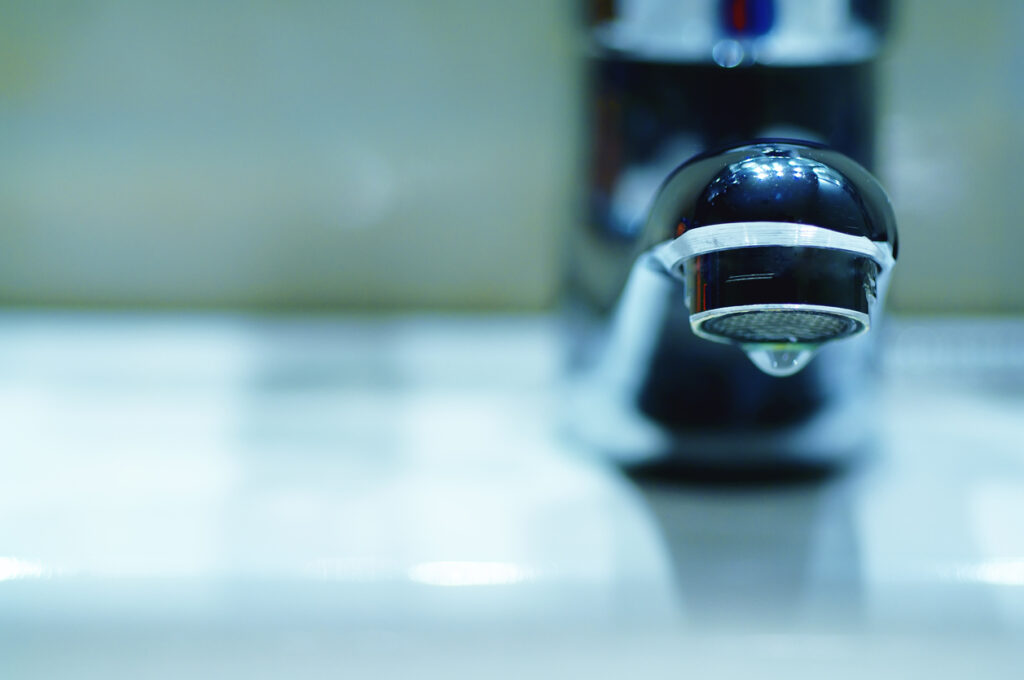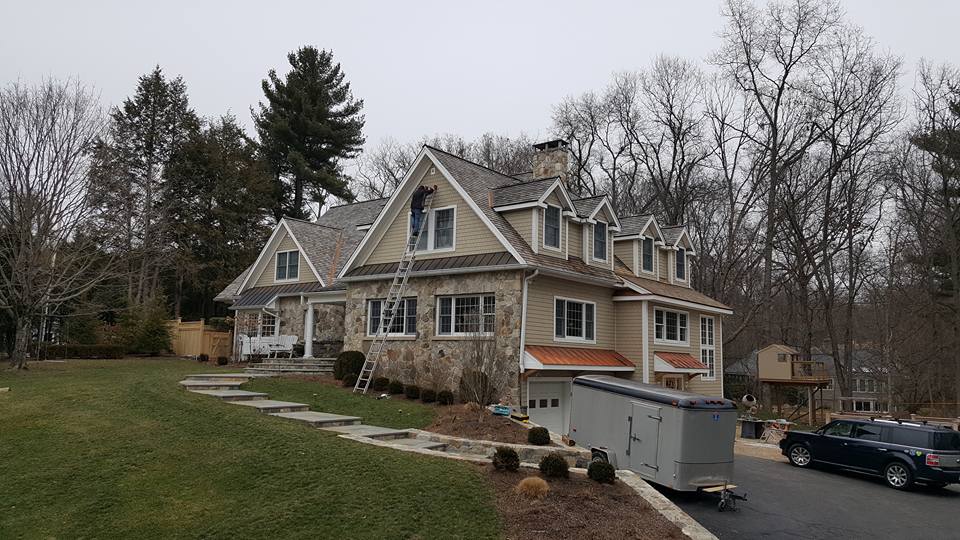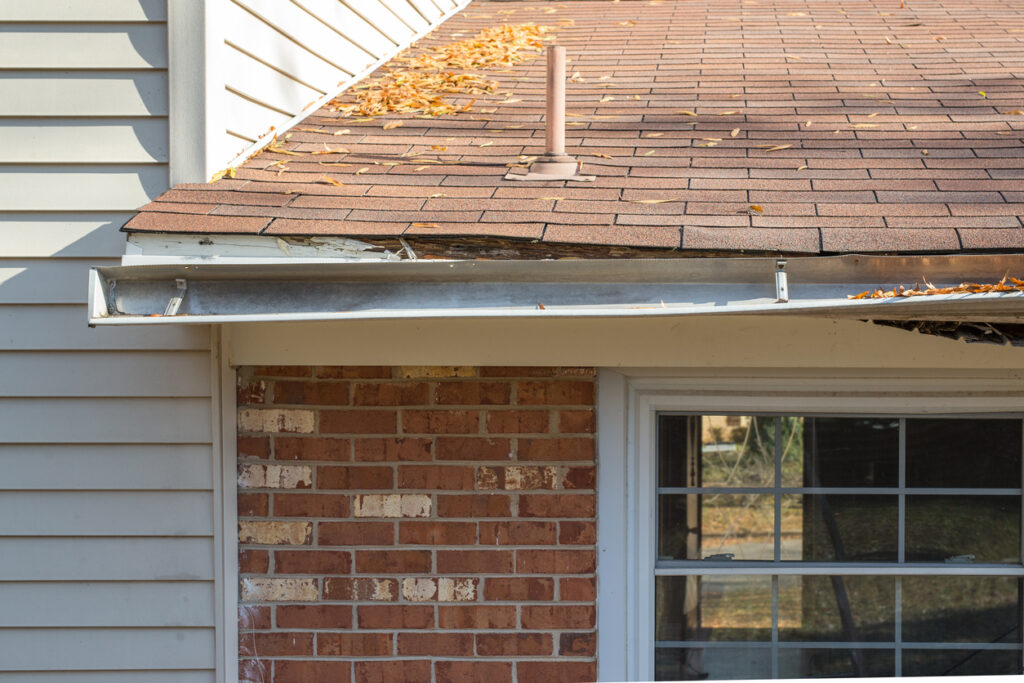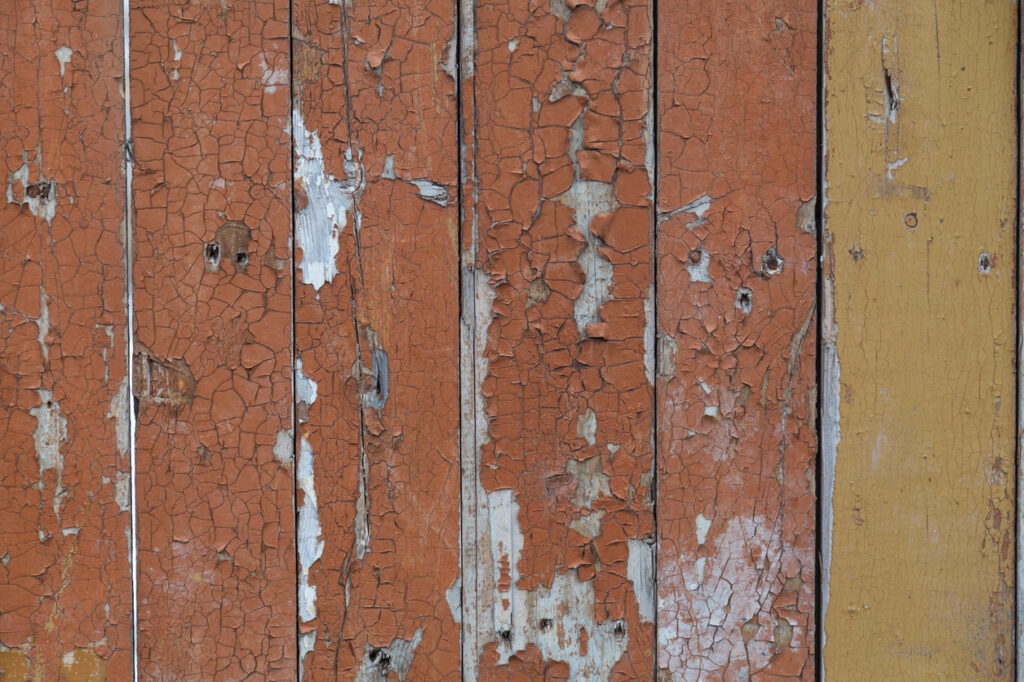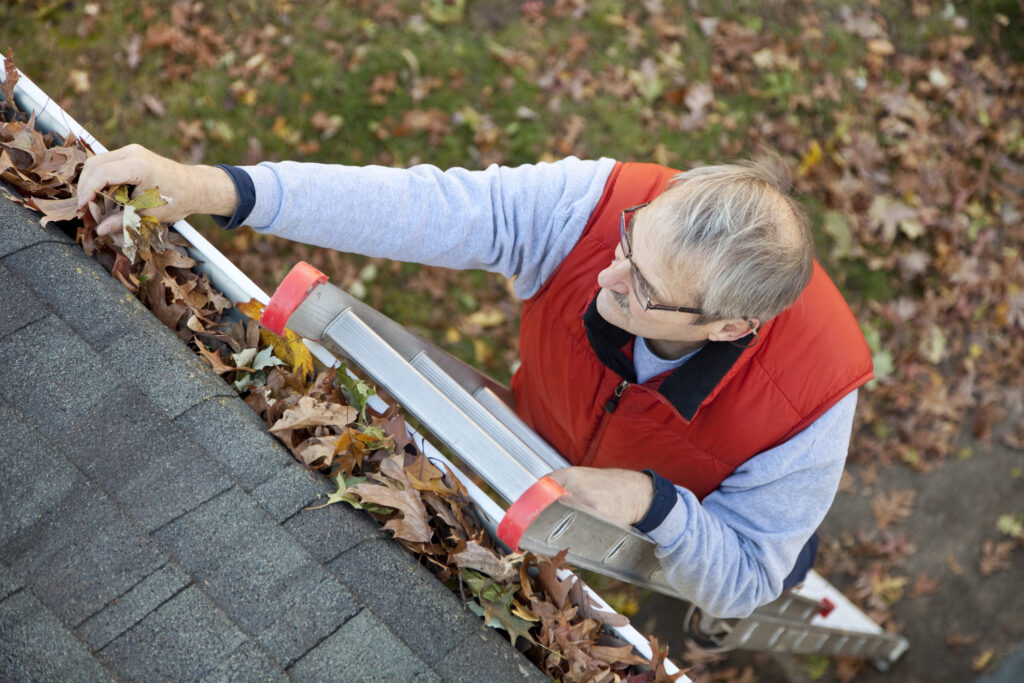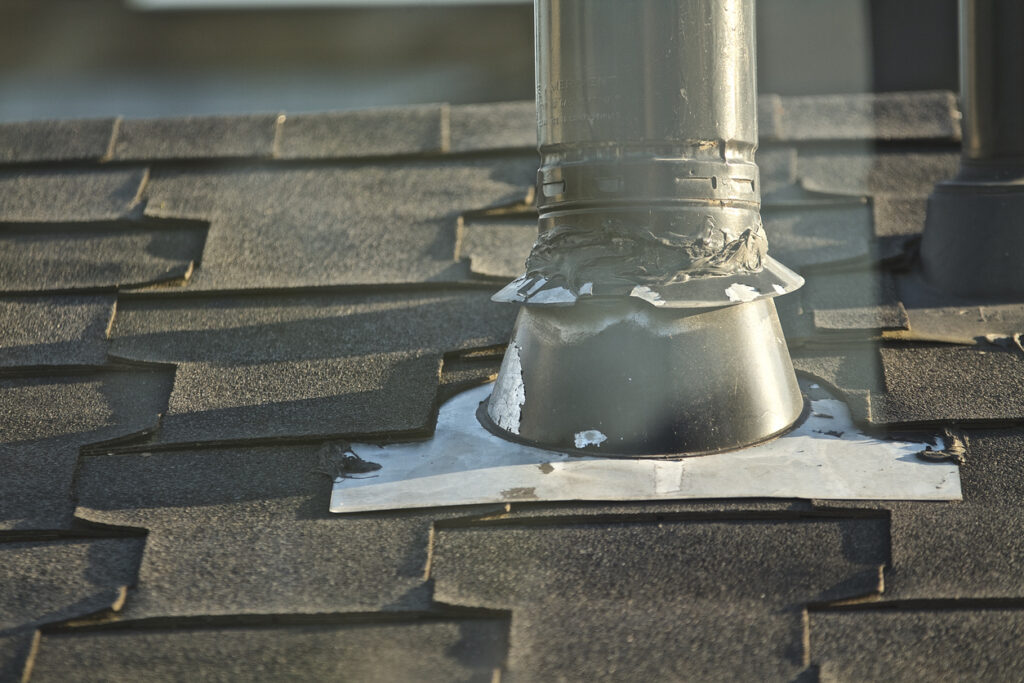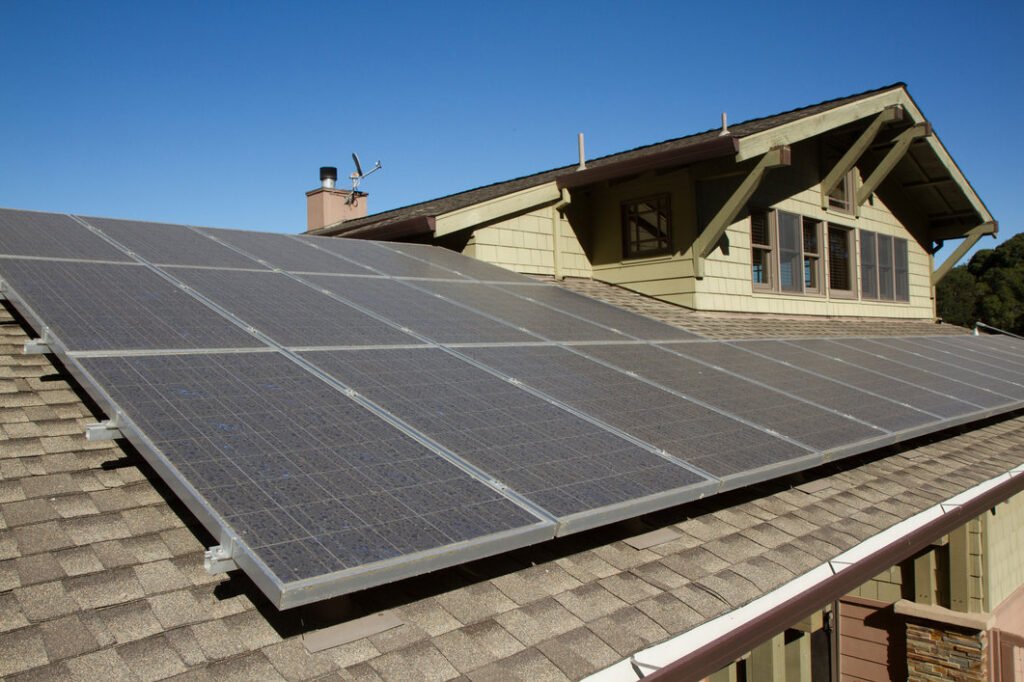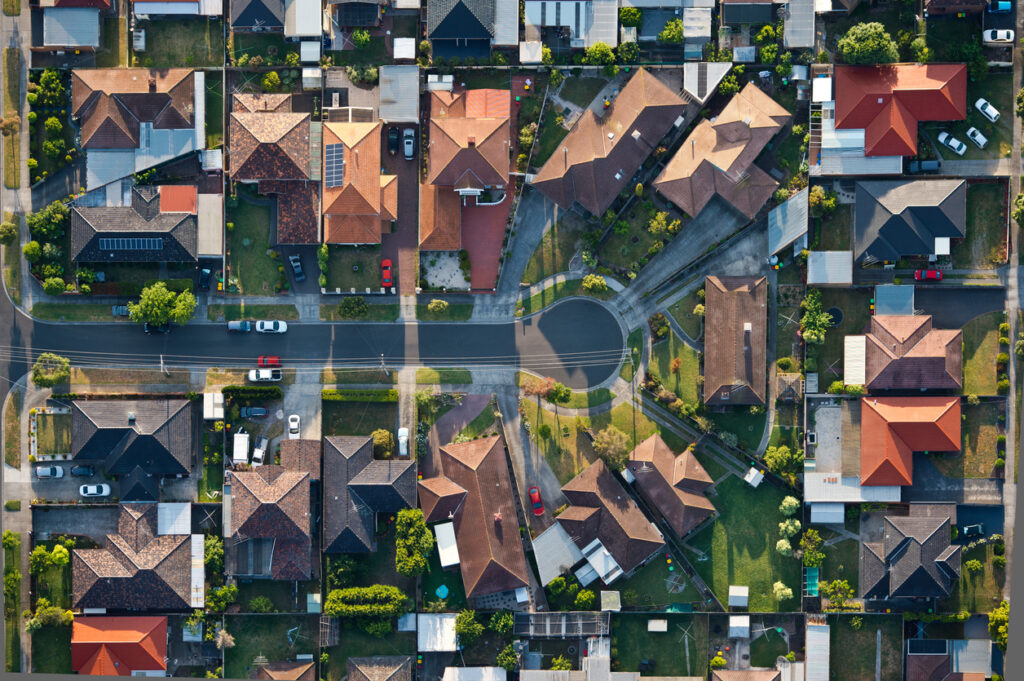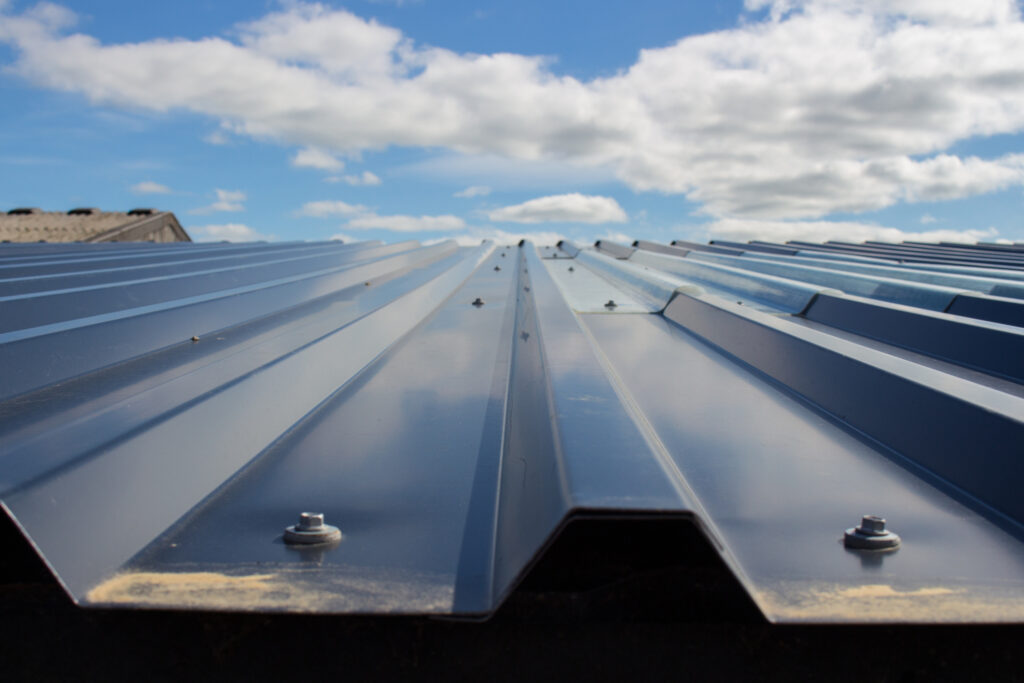No one enjoys a renovation. But construction is a necessary evil for most homeowners. And after all, at the end of it, you get a beautiful new kitchen or exterior. But your neighbors — they get nothing. Especially in the suburbs, where houses are only a few feet apart, homeowners can hear every bit of construction that’s going on within at least a block.
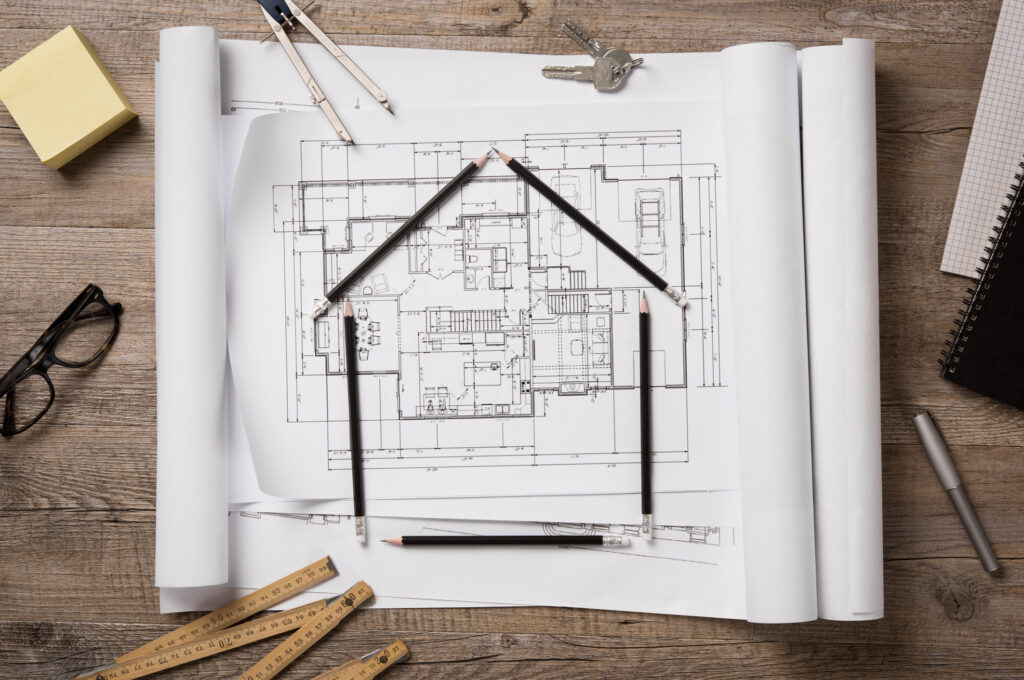
If you’re in the process of turning your house into a home, here are a few ways to ensure that your neighbors will still be neighborly with you, once everything is said and done.
Give everyone a heads up.
A few days before construction begins, give your closest neighbors a quick call and let them know that you’ll be doing construction on your house for the next few days. Now, they’ll know to leave for work a few minutes earlier than normal, to account for the extra trucks on the street.
Stick to a schedule.
While you’ve got them on the phone, ask your neighbors if they’d rather construction start and end earlier in the day, or later. While you won’t be able to accommodate everyone’s needs, you’ll be able to make the majority happy.
Check in with your neighbors.
Especially if construction is going to last a few weeks or months, you should get your neighbors’ input at the halfway point. Are workers leaving things on your neighbor’s lawn? Are they taking up all of the parking? These are things you might not notice, but your neighbors do. Really go the extra mile and bring a plate of cookies or fresh brownies over to them too.
Invite them over.
Once everything is completed, invite your neighbors over for a dinner party to thank them for their patience. You’ll get to show off your newly renovated house, and they’ll get a beautiful dinner — win, win!
At JM Roofing and Siding, we promise two things: you’ll love your new siding or roof and we’ll be the tidiest, most courteous crew you’ve ever worked with! We understand that construction isn’t a walk in the park for anyone, that’s why we work hard to leave your home (and your neighbor’s home) cleaner than when we got there!

